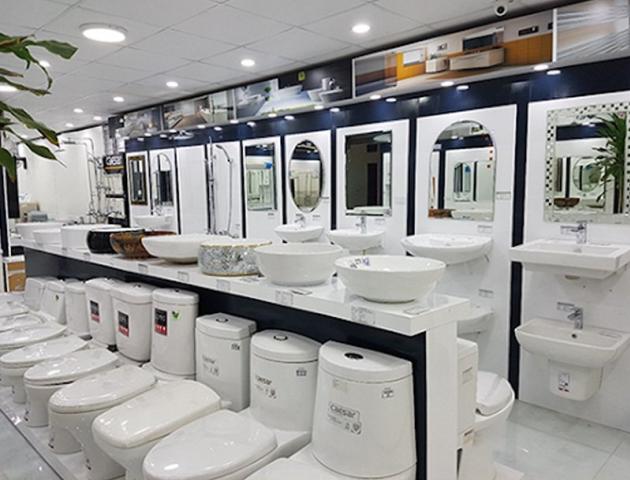As the world embraces the next generation of wireless technology, 5G is poised to revolutionize various industries, including digital marketing. This new era of connectivity promises faster speeds, lower latency, and greater capacity, offering exciting opportunities for marketers to engage consumers in innovative ways. Here’s a look at how 5G is set to impact digital marketing and enhance consumer engagement.
Lightning-Fast Speeds and Real-Time Engagement
One of the most significant advantages of 5G is its incredibly fast download and upload speeds. With data transfer rates up to 100 times faster than 4G, 5G enables seamless streaming of high-definition videos and immersive experiences without buffering. For digital marketers, this means creating richer and more interactive content that captures consumers' attention more effectively. Real-time engagement becomes possible, allowing brands to interact with customers instantly through live video, augmented reality (AR), and virtual reality (VR).
Enhanced Mobile Experiences
As more people rely on their mobile devices for information and entertainment, 5G's improved performance will elevate the mobile experience. Websites will load faster, and apps will function more smoothly, reducing frustration and increasing user satisfaction. Marketers can leverage this by optimizing their content for mobile, ensuring that their messages are delivered quickly and clearly. The enhanced capabilities of 5G will also support more sophisticated mobile advertising techniques, such as dynamic and personalized ads that adapt to users' preferences and behaviors in real-time.
The Rise of Augmented and Virtual Reality
5G’s low latency and high bandwidth are perfect for AR and VR applications, which require rapid data processing to deliver seamless experiences. Marketers can create engaging and immersive campaigns that allow consumers to interact with products in virtual environments. For example, a furniture retailer could use AR to let customers visualize how a sofa would look in their living room, while a fashion brand might offer a virtual try-on experience for their latest collection. These interactive experiences can enhance consumer engagement, making it easier for customers to make informed purchasing decisions.




